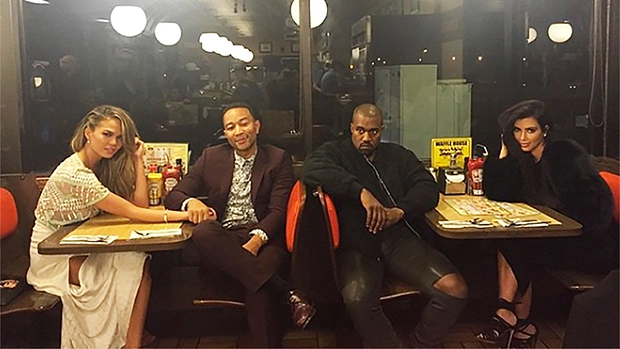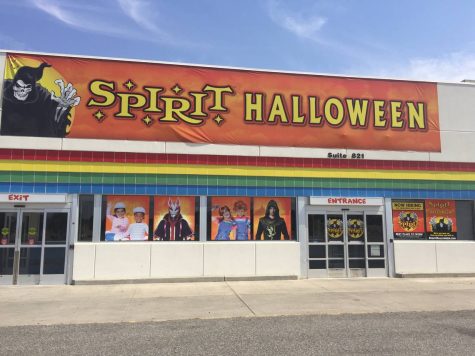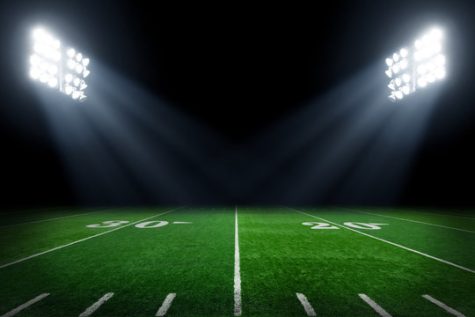The Most Pressing Question in America
October 20, 2022
There is a question that has haunted the greasy-spoons and all-night diners of America for decades. Between heaping piles of eggs and bowls of hash browns, what should grace the main plate? The waffle or the pancake?
The two meals are closely related. Hot batter-based breakfast foods—but that hasn’t precluded fights from breaking out. Many an IHOP has burned and Waffle Houses vandalized over this divisive issue. But where does this animosity begin? Where do the pancake and waffle diverge? Which should you order next? Will I ever get my coffee refilled?
The pancake is an ancient dish. The historical record dates it back to the 5th Century BC. After all, it’s just flour and egg batter cooked on a hot surface. There is a traditional Somali version, a Filipino form, and countless European renditions. Besides a few regional ingredients (Filipinos use rice and coconut milk, Europeans have cheap healthcare that makes everything taste better) the pancake reads the same through the centuries.
The waffle on the other hand is more modern. Shapes and patterns have long been cooked into communion wafers. Whenever a dish was served up for non-this-bread-is-my-body purposes, it was called an oublie. Oublies were round and created with a pancake-like batter using flour and eggs. In fact, the batter was the same as that of the pancake, the only difference was that the oublie was cooked longer and inside an iron. The square waffle iron would emerge in the 15th Century, much like the bubonic plague. Out of 16th century Antwerp the first modern pancake arrived with the use of yeast as leavening.
This is the essential difference between pancakes and waffles—the leavening agent. Leavening is a substance used in cooking to cause bread to rise. It’s what makes certain bread rise and others flat. Yeast was the first leavening, but synthetic alternatives can be used in cooking. American waffles use baking powder instead of traditional Flemish yeast, so the U.S. version is often dense and thinner (much like pancakes). Yet despite that, they’re still waffles. This texture change only rehashes the dilemma of where the pancake and waffle diverge, yet it only inflames opinions.
Besides that, there is not much of a difference between the two dishes. The shape is only ancillary. However, that shape is the most identifiable part of the waffle. For most people, the rectangular pockets are what makes the waffle, not the leavening agent. But what do those indentations actually change? Conceivably you could make a pancake in that shape, so are the squares necessary for a blissful breakfast?
Disregarding the dangers of stating this—The answer is no. I will face backlash and controversy, but I cannot lie. The waffle can be a fine brunch treat, but the pancake is the superior dish.
Waffle enthusiasts may claim the square grooves “allow syrup to perfectly place itself” but truthfully, such a structure only leads to syrup saturation. Pancakes on the other hand, allow syrup to spread evenly across their surface, giving these fluffy flapjacks a balance of sweetness.
One would assume opinions about a breakfast course would be relegated to kitchen diatribes, but some waffle fans have taken on a radical tilt. A senior here at Cartersville High School is one of these so-called ‘Wafflists.’ Amongst his zany beliefs is the idea that “pancakes do not have a right to exist.” Such strong opinions surely have a reason behind them. However, this Wafflist’s only defense though is he “doesn’t like the fluffiness of pancakes.” This is despite the fact that waffles use leavening and consequently are fluffier than pancakes if prepared right.
This senior also believes that the “waffle’s taste compliments syrup” better than pancakes. As previously described, the pancake and waffle contain almost entirely the same ingredients, especially here in the U.S. So how come this waffle-lover is violently dedicated to his beliefs?
This behavior of Wafflists is not new. In 1560, Charles IX of France enacted legislation to prevent wafflemakers from fighting each other. The cooks were required to be “no less than four yards from each other.” In this case, a local wafflist’s comment of “We need to load the pancakes onto trucks” fits in well with the waffle’s tumultuous history.
Not all waffle-lovers are this extreme in their dedication to Belgian breakfast foods. A fellow Junior at CHS was an avid waffle proponent before deciding pancakes are best after all. I tell this tale to show my reader that waffle fans are not all brutes- lest we dehumanize waffles in the same way pancakes are. After all, despite my conviction that pancakes are the ideal entrée, I believe that waffles and pancakes can live harmoniously in high calorie content.
With all this dangerous rhetoric and spiraling action, what should be done? I appeal to foodies everywhere to remember our shared values of lavish meals and Instagram photoshoots. Let us dine together peacefully. I also call upon the authorities to protect pancakes and arrest those Wafflists calling for violence. Unless this bloodshed is stopped now, a full-blown pancake and waffle war may break out. How will we enjoy our maple syrup then?














